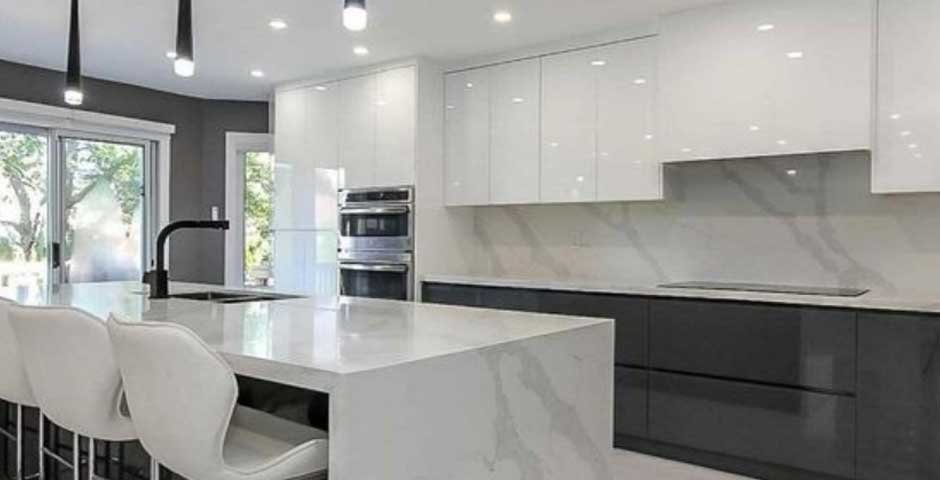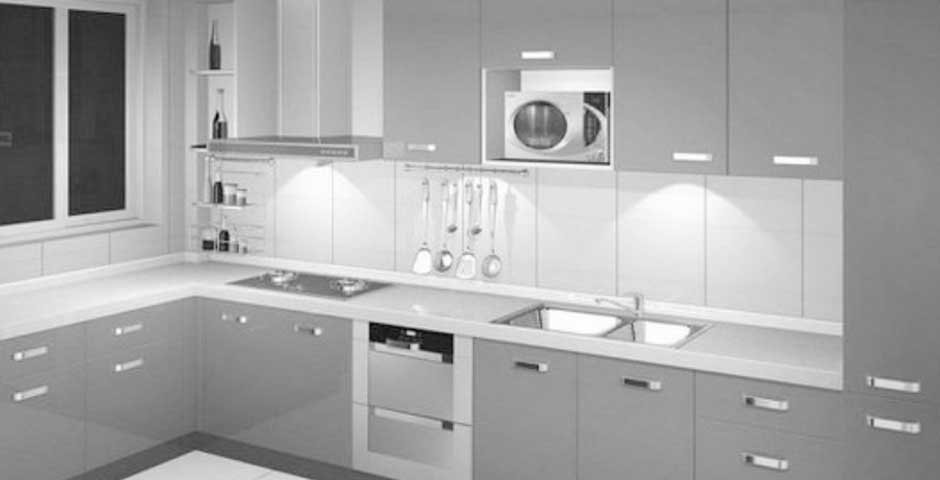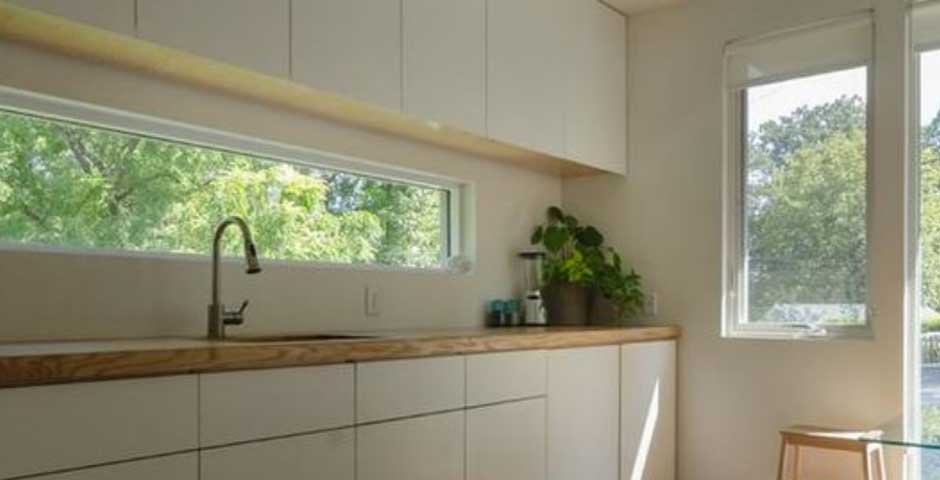Retirement is a significant milestone in life, bringing with it the opportunity to enjoy newfound freedom and pursue long-held dreams. For many individuals, this includes renovating their home to create a comfortable and functional space to spend their golden years.
However, embarking on a home renovation project can be overwhelming without proper planning and guidance. In this blog post, we will provide you with eight essential tips to consider when renovating your retirement home, ensuring a smooth and enjoyable process.
Assess Your Future Needs

When renovating your retirement home, it’s crucial to consider your long-term needs. Evaluate your lifestyle, mobility, and any potential health concerns that may arise as you age. Incorporate features such as wider doorways, grab bars in bathrooms, and non-slip flooring to enhance safety and accessibility.
Open Floor Plans and Wide Doorways

Creating an open floor plan with wide doorways can make your retirement home more spacious and facilitate easy movement. Removing unnecessary walls will improve mobility, increase natural light, and create a seamless flow between rooms. Wide doorways are particularly important for wheelchair accessibility and allow you to age comfortably in place.
Prioritize Main-Level Living

As you age, climbing stairs may become challenging or even impossible. To future-proof your home, prioritize main-level living by including a master bedroom, bathroom, and laundry facilities on the ground floor. This design choice ensures convenience and eliminates the need for frequent stair usage.
Invest in Energy Efficiency

Retirement often comes with fixed incomes, making energy-efficient upgrades a wise investment. Consider installing energy-efficient appliances, LED lighting, double-pane windows, and insulation to reduce utility costs and increase comfort. Not only will this save you money in the long run, but it also contributes to a more sustainable future.
Embrace Low-Maintenance Materials

Retirement is a time to relax and enjoy life, so opt for low-maintenance materials that minimize upkeep. Choose durable flooring options like hardwood or laminate, invest in easy-to-clean countertops, and consider installing a sprinkler system or drought-resistant landscaping to reduce outdoor maintenance requirements. Also, consider Quartz vanity tops since they are easy to clean and durable.
Incorporate Ample Storage

Downsizing is often a part of retirement, but it’s still essential to have adequate storage space. Cleverly designed storage solutions such as OPPEIN built-in cabinets, shelves, and closets can help you stay organized and decluttered. Utilize every nook and cranny efficiently to maximize storage without compromising on aesthetics.
Plan for Natural Lighting

Natural lighting has numerous benefits, including boosting mood, enhancing visual appeal, and reducing reliance on artificial lighting. When renovating, prioritize larger windows, skylights, and sun tunnels to bring in abundant natural light. This not only adds to the overall ambiance of your home but also reduces energy consumption during daylight hours.
Create Outdoor Spaces

Retirement is a time to enjoy the outdoors and connect with nature. When renovating your home, don’t forget to allocate space for outdoor living. Create a cozy patio or deck to relax, entertain guests, and soak up the sunshine. Consider adding a garden or landscaping features that require low maintenance but offer beauty and tranquility.
Prioritize Accessibility and Safety

As you age, it’s crucial to prioritize accessibility and safety throughout your home. Consider installing ramps or lifts to accommodate mobility challenges, especially for entryways and staircases. Replace traditional doorknobs with lever-style handles that are easier to operate. Install grab bars in bathrooms and reinforce stair railings for added stability.
Additionally, consider installing an emergency alert system to provide peace of mind in case of accidents or emergencies. Don’t forget about plumbing safety. Ensure your water piping system is always in good condition to avoid leakages that could lead to falls.
Seek Professional Help

While DIY projects can be fulfilling, larger home renovations are best left to professionals. Consult with architects, interior designers, and contractors specializing in renovating retirement homes. Their expertise and experience will ensure that your vision is translated into a practical and functional design while adhering to your budget and timeline.
Conclusion
Renovating your retirement home is an exciting opportunity to create a space that suits your evolving needs and preferences. Considering the tips outlined in this blog post, you can confidently embark on your renovation project and create a comfortable, safe, and aesthetically pleasing home for your golden years. Remember to plan for the future, prioritize convenience and accessibility, and seek professional guidance to make the most of your retirement home renovation journey.






